I just bought a one owner vette from a widow.anyway it's been sitting about a year cranks right up and runs good,but cut it off and it won't fire. sit about 15min it will fire up. I've replaced fuel pump and filter car has 73,000 miles on it. Any help would be greatly appreciated, it's an 89
without testing you simply guessing
never guess, deal in verified FACTS!
guessing is a waste of time
think logically, isolate and test
yes IM aware some guys would rather dig out their eye with a red hot fork than to read links, but if you take the time to actually research the problem and isolate and test you,ll soon find the answers
well the first thing you do is pull trouble codes
and it would help if you purchased a shop manual.
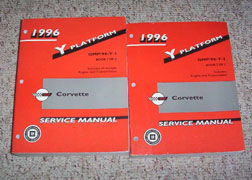
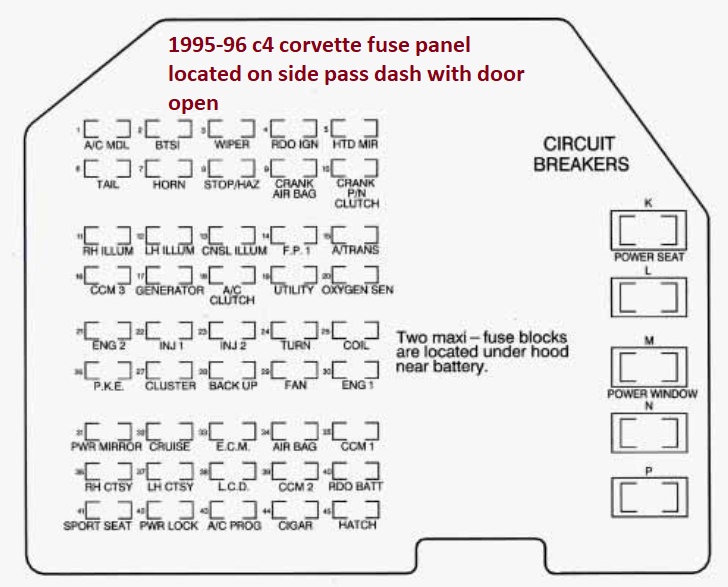

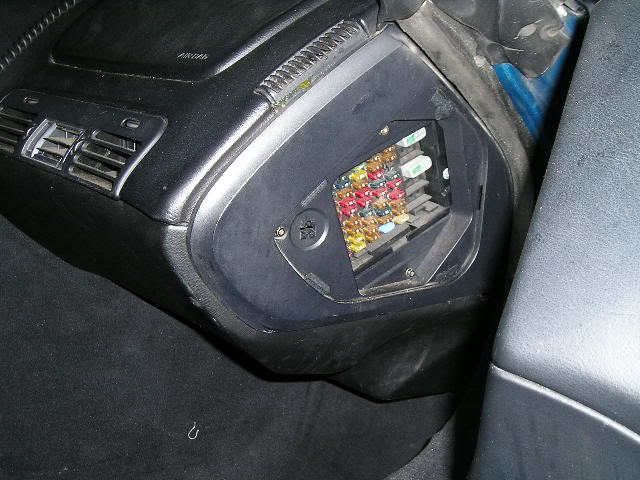
BTW it generally helps if you post the city and state your in,
as theres at least some chance a local member,
may want to stop by and help you diagnose,
and maybe help rectify the issue if your LOCAL
logically youll want to verify the fuel pressure is consistent and theres spark at the spark plugs, obviously when its starts and runs you have both fuel pressure and ignition spark, and when it won,t start you have lost one of the two.
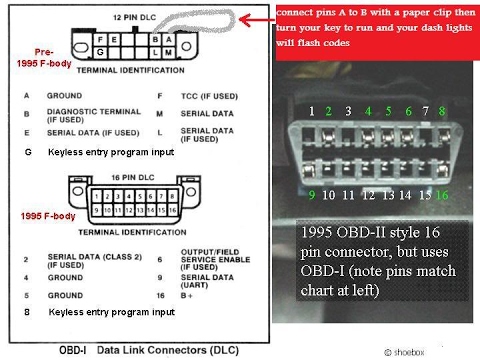

start by pulling trouble codes, and get a fuel pressure gauge and a multi meter, if you own a vette you NEED that and a timing light and a SHOP MANUAL
Id suspect a defective sensor, and the oil pressure sensor near the base of the distributor is suspect, as is the ignition and all the electrical ignition connections and components, and perhaps the vats system.
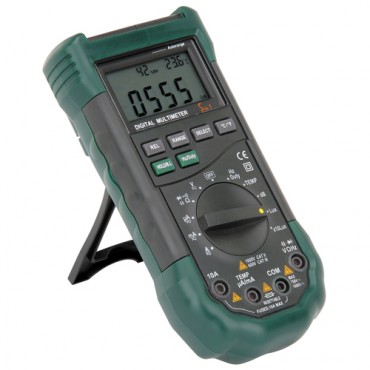
use of a shop manual and multi meter can be very helpful
our hardly the first or last guy to find out that the fuel flow and oil pressure and sensors are linked.
http://garage.grumpysperformance.co...ard-starting-tpi-crossfire-or-lt1-vette.1401/
http://garage.grumpysperformance.com/index.php?threads/c4-c5-corvette-trouble-codes.2697/
these related links should also help
http://garage.grumpysperformance.com/index.php?threads/long-start-or-crank-time-on-early-c4.16444/
http://garage.grumpysperformance.co...ystem-trouble-shooting-flow-chart-info.11536/
http://garage.grumpysperformance.com/index.php?threads/fuel-pressure-regulators.635/
http://garage.grumpysperformance.com/index.php?threads/tpi-fuel-pressure-issue.10385/#post-42943
http://garage.grumpysperformance.com/index.php?threads/c4-c5-corvette-trouble-codes.2697/
http://garage.grumpysperformance.com/index.php?threads/setting-up-your-fuel-system.211/
http://garage.grumpysperformance.co...-won-t-start-intermittently.14212/#post-72158
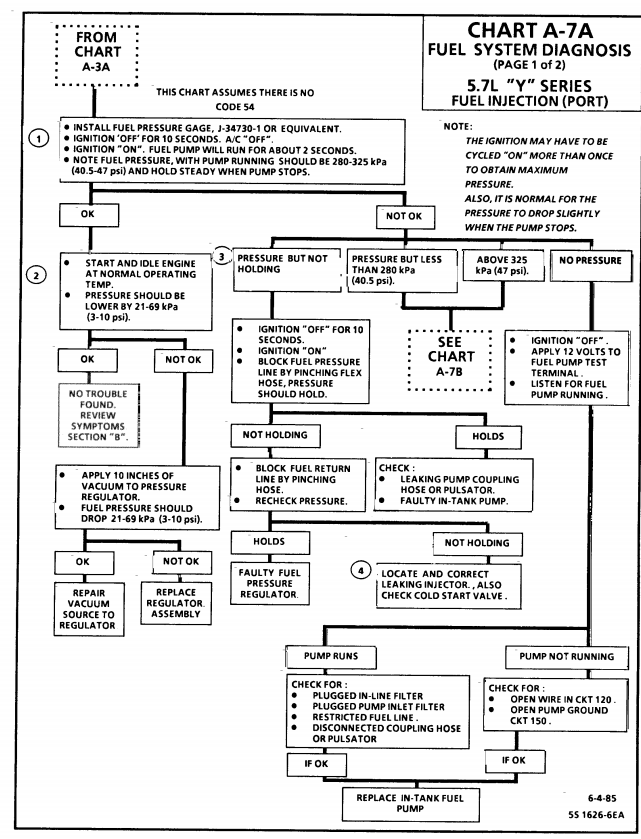
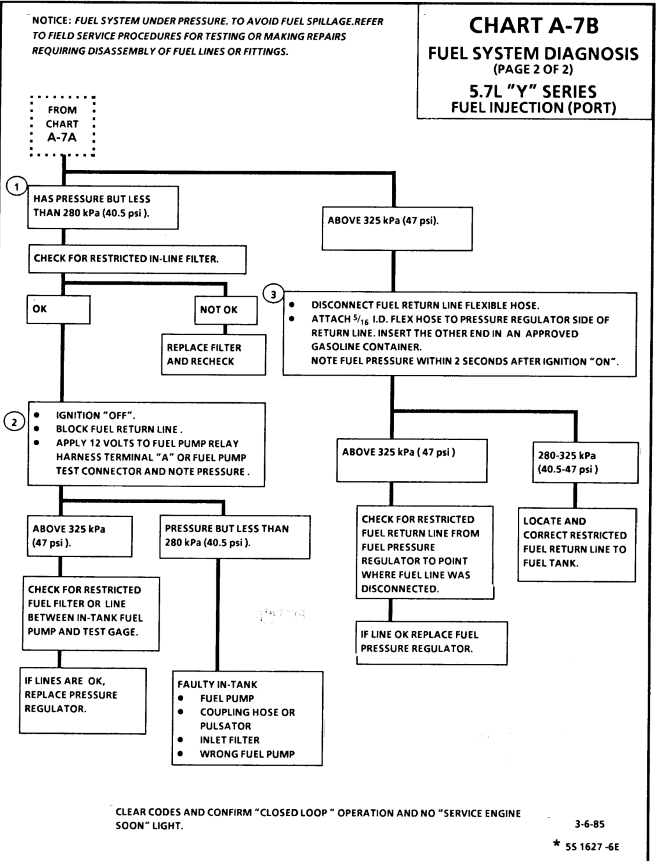
L98/ TPI Engine Start Sequence
When you start an L-98 engine Corvette, a series of events take place that causes the engine to run. Knowing the sequence will help you troubleshoot no start conditions.
Fuel Rail Pressurization:
When you first turn the key to the “on” position, the fuel pump will run for 2 seconds pressurizing the fuel rails. There is a Shraeder valve on the passenger side fuel rail near the rear of the engine and if you measure the pressure there after the pump runs, you should see between 40-42 pounds of pressure. The reading will go to 38-40 pounds nominal once the engine is running.
Initial Crank Action:
If you then rotate the key to the start position (assuming the anti-theft system has not disabled the starter), the engine will rotate.
Once the oil pressure has reached 4 PSI, the oil pressure switch will close allowing the fuel pump to run. (Note that you should have a black oil pressure switch/sender. It is mounted behind the distributor on the driver’s side and if it is not black, it is suspect due to a run of bad units that stayed in the GM parts pipeline for some time).
The distributor will send a string of pulses to the ECM (Engine Control Module) in response to the engine being rotated by the starter. These pulses continue as long as the engine turns (both starting and running) and if they are not present, the engine will not run.
ECM Reaction:
If the ECM sees oil pressure greater than 4 PSI and the reference pulses from the distributor, it will energize the injector drivers which will begin pulsing the injectors on for 4 ms (milliseconds) periods. (In the L98, all injectors on one side of the engine fire at the same time followed by all injectors on the other side firing at the same time. On the LT-1, the injectors are fired individually at the appropriate time).
The ECM will also pull in the fuel pump relay in effect paralleling it electrically with the oil pressure switch. (If the fuel pump relay fails, you can still normally get the car to start and run unless you can’t make at least 4 PSI oil pressure. This is a “limp home mode” feature put in place to allow for a fuel pump relay failure).
The ECM also monitors the TPS (Throttle Position Sensor mounted on the throttle body assembly) and wants to see .54 volts at this time. If it sees appreciably more than 0.54 volts, it will assume the engine is flooded and the driver has pressed the accelerator to the floor to clear the flooded condition and restrict the fuel flow as a result. (.54 volts during start and at idle from the TPS is very important to both starting and run performance.)
Assuming the ignition module is good (meaning there is a spark of sufficient intensity to ignite the fuel), the engine will “catch”.
Engine "Catches":
When the engine catches, the MAF (Mass Air Flow sensor mounted just ahead of the throttle body) sends a signal to the ECM advising that air is flowing and also just how much air is being pulled through to the intake manifold. The ECM takes note of the amount of air being consumed and adjusts the injector pulse width to around 2.2 ms nominally so as to attain a proper air/fuel mixture to insure combustion. (This is how the 1985 through 1989 L-98 works. For information on the 1990 and 1991 L-98 variant, see the Note below).
The engine should show an initial idle speed of around 900-1100 RPM and then slowly diminish to 600-700 RPM unless the air conditioner is on in which case it will run at around 800 RPM.
If this does not happen, the Idle Air Mixture valve (located on the throttle body) may be misadjusted. Alternatively, there may be a leak in the intake manifold or another vacuum leak may be present. Listen for hissing sounds---there should be none.
ECM Mode:
The engine will now be in Open Loop mode meaning that the ECM is controlling the air/fuel mixture by referencing values stored in memory.
Once the Oxygen sensor (mounted on the exhaust pipe) reaches operating temperature of several hundred degrees, the Manifold Air Temperature (MAT) sensor shows an intake air temperature of more than 140 degrees and the Engine Coolant Temperature (ECT) has reached 160 degrees, the computer will switch to closed loop mode meaning the Oxygen sensor’s output is examined along with the MAT and ECT outputs and the ECM adjusts the injector pulse widths (more “on time” or less “on time”) to constantly strive for a 14.7:1 air/fuel mixture which is the best mixture to hold down pollution.
Note that prolonged idling can force the computer back into open loop mode.
Note: In 1990, the MAF was eliminated from the engine in favor of a speed/density system. This system uses a sensor called the MAP sensor which measures the Manifold Absolute Pressure (hence the name MAP) and compares it with the atmospheric pressure outside the intake manifold. This information, coupled with the Manifold Air Temperature, Engine Coolant Temperature and Engine RPM is used by the ECM to determine the amount of air entering the cylinders. It is a different way of reaching the desired 14.7:1 air-fuel mixture ratio but functionally is like the MAF system in that the ECM uses the feedback to control the "on time" for the injectors.
Corvette used this approach in the 1990 and 1991 L-98 engines and in the 1992 and 1993 LT-1 engines. With the 1994 model C4, they went back to the MAF system. Note that MAF based systems are far more accurate since they measure air flow directly whereas the MAP system infers air flow indirectly. A multitude of things can throw the calculation off and Corvette returned to the MAF system beginning with the 1994 C4 (with a MAP backup). From a troubleshooting standpoint, the MAP operation comes into the sequence the same place that the MAF does.
Summary:
If you have a no start condition or if the L-98 starts and then dies, check the above items in sequence to see if all the events are occurring as required.
A Scan Tool makes this job much easier and is a highly recommended troubleshooting aid for these sorts of problems.
youll find a hour or so reading thru the links and sub links, on this site in the threads, will provide a great wealth of related info and incite into related factors, or the function or testing of sensors, that you may not currently be thinking about, or things that you might not think that are related to your issue that PROBABLY ARE
a quality gear reduction starter,
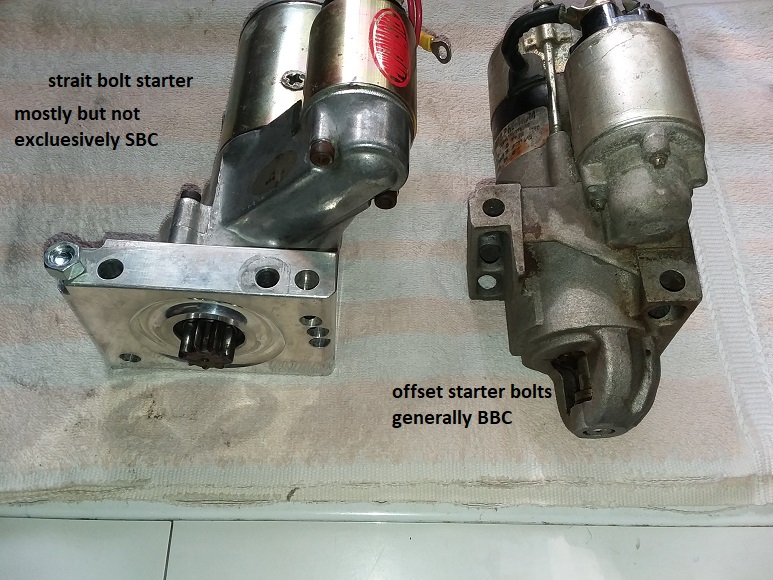
the better quality versions of the gear reduction high torque starters tend to work rather well

Tuff Stuff Performance 6772B
https://www.summitracing.com/parts/tff-6772b/overview/make/chevrolet
http://garage.grumpysperformance.com/index.php?threads/problem-with-starter.1646/#post-65015
without testing your simply guessing
autowiz said:So on your FP relay pin D is a drk grn/wht wire and it is power to energize the relay from the ecu. This pin should have power for 2 seconds after you turn the key on and when cranking. Pin E is a red wire that connects the relay to the pump. There is a fuse in between the relay and the pump, it is fuse #20 in your passenger compartment fuse block. Pin E is the output of the relay that is controlled by pin D so it, too should have power for 2 sec when the key is turned on and while cranking. Pin A is Power coming into the relay. This is an orange wire and it goes to the stack of fuse links behind your battery. You should have power at the orange wire pin A all the time. If you do not have power at this orange wire then you might need to replace one of the fuse links behind the battery. And finally pin F is a blk/wht wire and should be connected directly to chassis ground.
Wait, did I say finally?? Well there is one more pin. The cool pin of the fuel pump relay. Pin C. And why is pin C the cool pin? Well because pin C is a red wire that connects directly to the ALDL connector under the dash for easy diagnostics. It goes to pin G of the ALDL connector. It is a red wire on this end also. This wire connects ultimately directly to the fuel pump. So whenever the pump has power, this pin has power. This pin at the ALDL is a great place to begin the diagnostic process for your trouble code.
READ THE LINKS AND SUB LINKS
in the long term its going to provide you with a wealth of info youll need badly
http://garage.grumpysperformance.com/index.php?threads/c4-c5-corvette-trouble-codes.2697/
http://garage.grumpysperformance.co...start-right-back-up-and-run.10739/#post-46893
http://garage.grumpysperformance.com/index.php?threads/tpi-fuel-pressure-issue.10385/#post-42943
http://garage.grumpysperformance.co...ouble-shooting-rebuilding-hei-ignitions.2798/
http://garage.grumpysperformance.co...years-now-i-want-to-sell-it.13790/#post-70731
http://garage.grumpysperformance.co...ard-starting-tpi-crossfire-or-lt1-vette.1401/
http://garage.grumpysperformance.co...lay-switch-locations-and-info.728/#post-54562
http://garage.grumpysperformance.com/index.php?threads/adjusting-your-tps-and-iac.168/
http://garage.grumpysperformance.co...-system-trouble-shooting-flow-chart-info.596/
http://garage.grumpysperformance.co...-system-vats-making-you-crazy.520/#post-45062
http://garage.grumpysperformance.co...s-cause-a-bad-idle-in-drive.14203/#post-72114
http://garage.grumpysperformance.co...questions-can-be-found-here.12892/#post-67808
Last edited:
